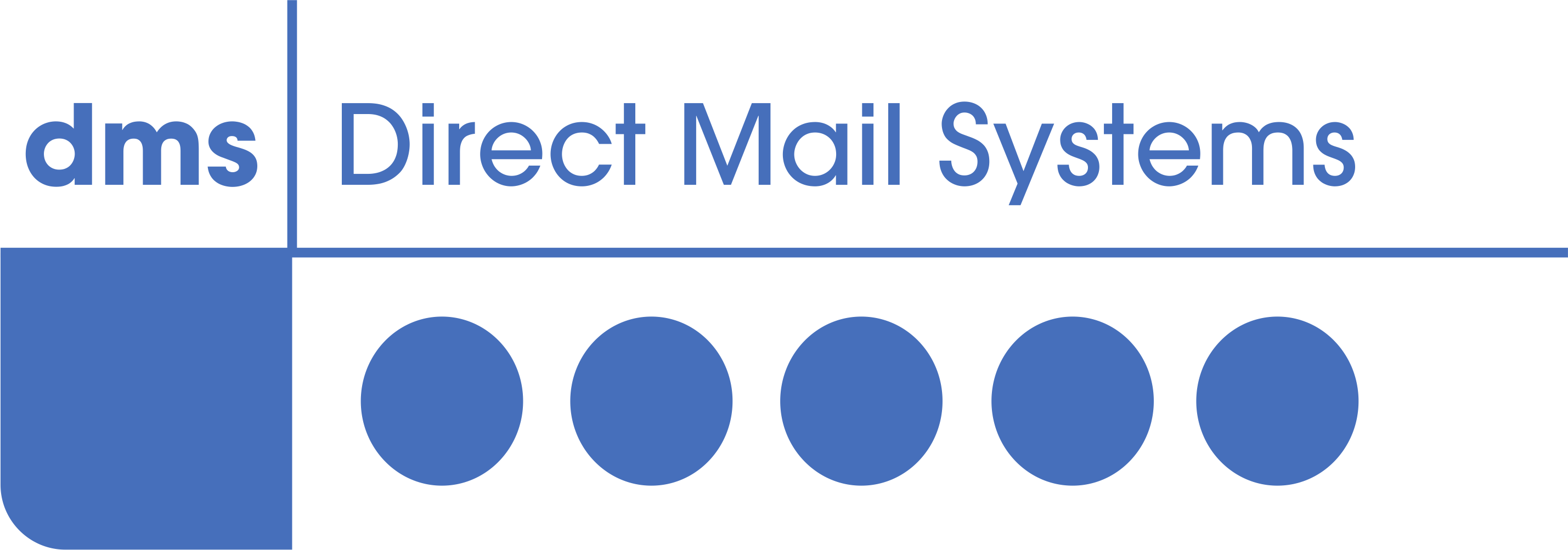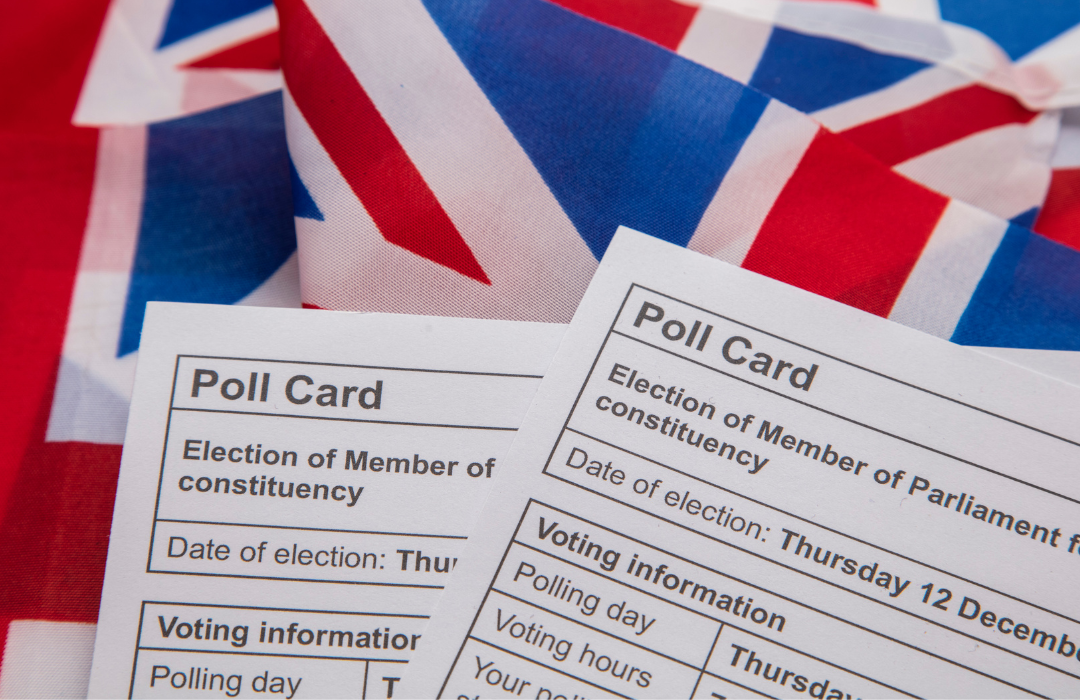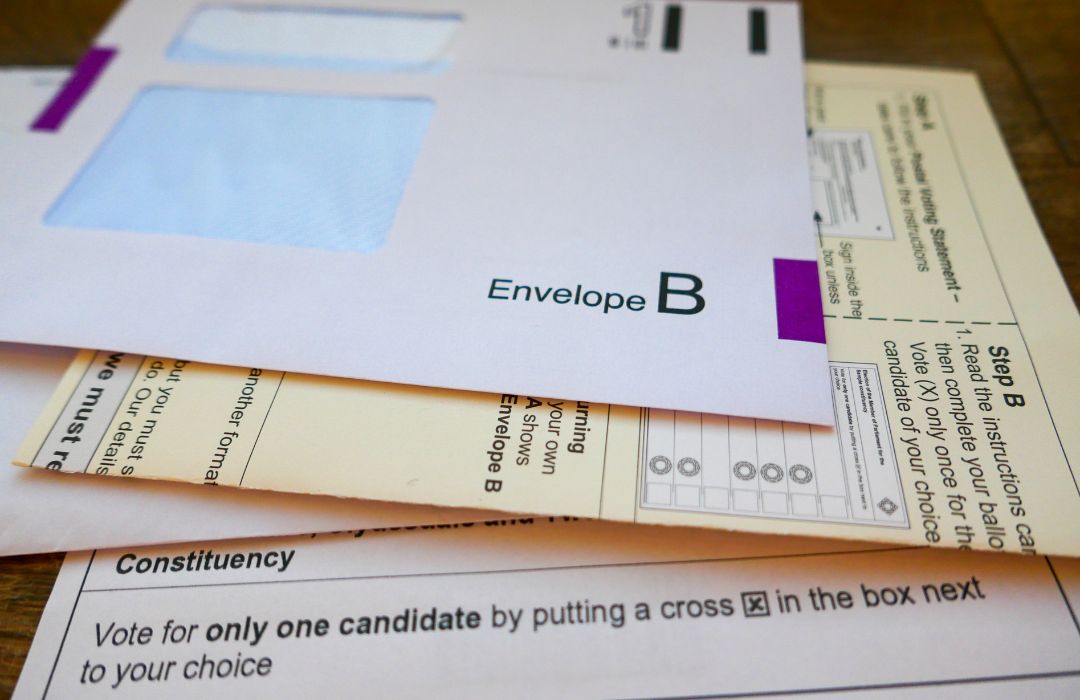Direct mail has been a cornerstone of political campaigns for decades, serving as a direct line of communication between candidates and voters. But in an age dominated by digital media, does direct mail still hold sway? This article delves into the effectiveness of direct mail in elections, examining its role, benefits, challenges and future prospects.
- Direct Mail in Political Campaigns
- How Direct Mail Reaches Voters
- Advantages of Using Direct Mail in Election Campaigns
- Challenges and Limitations of Direct Mail
- Comparing Direct Mail to Digital Campaign Strategies
- The Future of Direct Mail in Elections
Direct Mail in Political Campaigns
Direct mail involves sending promotional materials, such as postcards, letters and brochures, directly to voters' mailboxes. It is a targeted approach that allows campaigns to reach specific demographics, convey detailed messages and create a tangible connection with recipients. Historically, direct mail has been a reliable method for political outreach, helping candidates present their platforms and encourage voter turnout.
A study found that direct mail makes more of an impact, with 75% of people saying they remember receiving a direct mail piece. This recall power is reinforced by recent research which indicates that the average piece of direct mail generates 134 seconds of attention across 28 days, proving its long-term impact in the home. The Direct Marketing Association (DMA) states that 73% of consumers say they prefer direct mail for brand communication because it’s more tangible than digital ads. This tangibility is especially crucial in high-stakes environments like elections, where credibility and clarity of message are paramount.
Enhancing Campaign Credibility
To maximise the impact and legitimacy of political communications, the execution of the mailing is as important as the design. Utilising expert direct mail production services ensures that every piece—from a simple mailshot to complex campaign booklets—is professionally processed, accurately addressed, and delivered efficiently. For large-scale election campaigns requiring millions of items to be dispatched, services like high-speed envelope enclosing or poly-wrapping are essential for meeting tight deadlines and securing valuable postal discounts. This level of logistical precision reduces costs and guarantees that campaign messages reach voters when they matter most.
How Direct Mail Reaches Voters
Direct mail campaigns start with the collection and analysis of voter data. Campaigners mailing lists contain demographics, voting history and party affiliation and this data-driven approach ensures that messages are tailored to resonate with the recipients.
The physical nature of direct mail allows for creative designs and personal touches, making it a memorable form of communication, particularly with Gen Z audiences who have grown up with digital communications. A study on Gen Z participants found 42% have searched for a brand online after receiving direct mail; and 84% have scanned in a QR code from mail to interact with a brand online. This trend highlights the power of physical mail as a bridge to digital action. For political campaigns, incorporating innovations like a prominent QR code can instantly direct voters to donation pages, volunteer sign-up forms, or detailed policy manifestos, effectively blending the tactile experience with real-time digital engagement.
Furthermore, utilising advanced data processing techniques, campaigns can refine their lists to ensure high accuracy, preventing wasted resources and avoiding alienating voters with incorrect information. Ensuring high data hygiene is critical, which state that mail is perceived as the most trustworthy marketing channel. This trust is built on accuracy and relevance, making precise targeting via clean data a competitive necessity in modern elections.
Advantages of Using Direct Mail in Election Campaigns
Targeted Messaging
Direct mail allows campaigners to customise messages for different voter segments, ensuring relevance and increased engagement. This approach means that a campaign can create distinct messages for various groups, such as young voters or senior citizens, addressing their unique concerns and priorities. For instance, a message focusing on student debt relief might be sent to younger voters, while information on healthcare policies could be directed towards older demographics. Targeting can be further refined using services like Partially Addressed Mail, allowing candidates to target households in specific postcodes even without fully name-addressed data, significantly increasing neighbourhood penetration and local influence.
Tangible Connection
Physical mail can be held, read and saved, creating a lasting impression compared to fleeting digital ads that disappear with a click or can be easily ignored. Additionally, physical mail often stays in the household longer, sitting on countertops or refrigerators, serving as a constant reminder of the campaign message. This enduring presence can reinforce the candidate's brand and message over time, a powerful factor considering research from the Strategic Mailing Partnership highlights that mail is inherently unskippable, unlike digital advertising.
Higher Engagement Rates
Studies show that people are more likely to read and act on physical mail than on many forms of digital communication and direct mail tends to have higher open and read rates compared to emails or online ads. Research indicates that spending more time reviewing this physical mail can often prompt discussion among household members, amplifying its reach and impact. This increased engagement can lead to higher rates of action, such as visiting a campaign website or attending an event. Recent figures from JICMAIL show that 6% of mail prompted a purchase or response, representing a significant 43% year-over-year increase, underscoring its growing effectiveness as a conversion tool.
Personalisation
Direct mail can include personalised elements, such as the voter's name, and tailored messages, enhancing its impact. It involves crafting the content to reflect the individual's specific interests and voting history. For example, a mailer could reference past voting behaviours, local issues of concern or upcoming events in the recipient's community. Personalised touches make the communication feel more relevant and valued, increasing the likelihood that the voter will read and respond to the message. Modern printing techniques, such as digital printing, allow for variable data personalisation on a mass scale, meaning that specific graphics, text blocks, and offers can be automatically swapped out based on the recipient's demographic profile or location, making every piece highly unique and impactful.
Legitimacy
Receiving physical mail from a campaign can lend a sense of legitimacy and importance to the communication. Physical mail often carries an inherent sense of credibility that digital messages may lack. When voters receive a well-designed, professional piece of mail, it signals that the campaign is serious, organised and well-funded. Additionally, physical mail can include official endorsements, certifications or signatures, further enhancing its authenticity and persuasive power. Crucially, the rise of fake news and phishing scams in the digital space has made physical mail a trusted channel, with industry analysis confirming its superior role in building trust, a non-negotiable asset for any political campaign.
Challenges and Limitations of Direct Mail
- Cost: Printing and mailing materials can be expensive, particularly for large campaigns. However, by leveraging our expertise in bulk postage and postal discounts, campaigns can significantly mitigate these costs and achieve a higher Return on Investment (ROI).
- Environmental Concerns: The production and disposal of paper materials raise environmental issues, which can be a concern for eco-conscious voters. This challenge is increasingly addressed through the use of sustainably sourced paper stocks and eco-friendly poly-wrapping materials for fulfilment. Many modern direct mail services prioritise sustainable practices to align with voter values.
- Delivery Delays: Postal delays can affect the timely delivery of campaign messages, especially close to election day. This is why careful planning and working with a professional mailing house that can manage time-sensitive election mailing schedules is essential.
- Perception of Junk Mail: Some recipients may view unsolicited mail as junk, reducing its effectiveness. Highly targeted and personalised mail pieces, which directly address the voter’s specific concerns, are far less likely to be perceived as generic "junk mail."
- Measuring Impact: Tracking the direct impact of mail on voter behaviour can be challenging compared to digital methods. This limitation is best overcome by integrating physical mail with digital channels, such as using unique URLs, campaign-specific QR codes, or PURLS (Personalised URLs) to drive offline traffic to measurable online actions.
Comparing Direct Mail to Digital Campaign Strategies
Digital campaigns offer advantages such as lower costs, real-time analytics and broader reach. However, direct mail provides a level of personalisation and physical presence that digital campaigns often lack. The best campaigns typically integrate both approaches, using digital methods to complement and enhance the reach of their direct mail efforts. This combination allows for a more comprehensive strategy, making use of the strengths of both mediums. Furthermore, combining direct mail with digital advertising significantly amplifies results; studies show that campaigns integrating both channels can see a 118% uplift in response rate compared to using a single channel. For modern political strategy, this integrated, or 'omnichannel', approach is no longer optional but a necessity for maximising voter engagement and conversion.
The Future of Direct Mail in Elections
Despite the rise of digital media, direct mail remains a valuable tool in political campaigns. Advances in data analytics and printing technology have made it more effective and efficient. The future of direct mail likely lies in its integration with digital strategies, creating multi-channel campaigns that maximise voter engagement. Innovations such as QR codes and augmented reality can bridge the gap between physical mail and digital interaction, providing new opportunities for engagement. The ongoing effectiveness of mail is clearly demonstrated by its high dwell time and the fact that over a fifth of mail is filed away for future reference. This 'filing' behaviour means the campaign message has a sustained presence in the home, outlasting the fleeting visibility of most digital ads. For political strategists focused on long-term persuasion and get-out-the-vote efforts, this endurance factor confirms the channel’s enduring relevance.
Why Use Direct Mail Systems
Direct mail continues to be a powerful tool in election campaigns due to its ability to deliver targeted, personalised messages directly to voters. While it faces challenges from digital media, its tangible nature and high engagement rates make it a valuable component of a comprehensive campaign strategy. As technology evolves, direct mail will likely continue to adapt, maintaining its relevance and effectiveness in the political arena.
Direct Mail Systems has been taking care of your direct mail needs since 1974. With our cutting edge facilities and rapid turnarounds you can be sure your campaign will be ready to go in no time. Our customer focused staff are there to help you get creative and maximise your return. Get a quote today and see what we can do for you!





